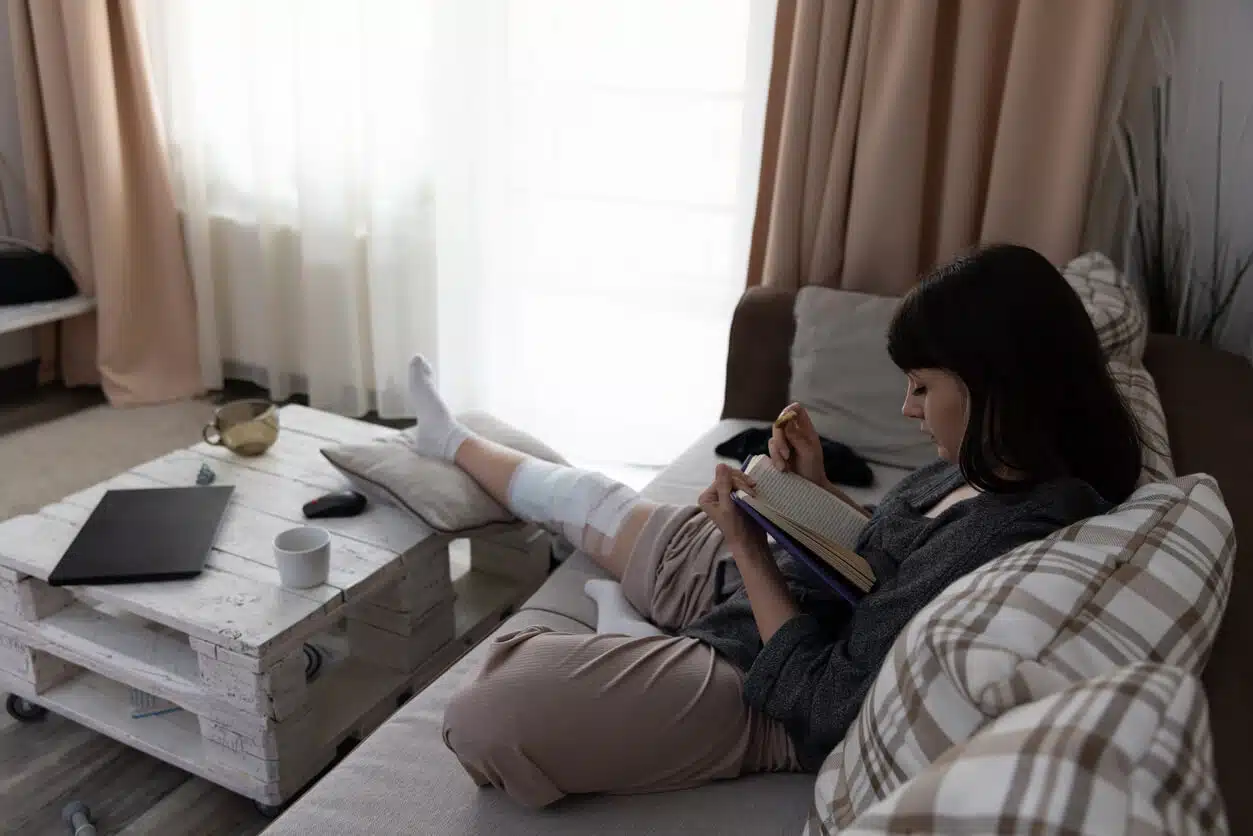
The road to recovery following anterior cruciate ligament (ACL) surgery is a pivotal phase that demands dedication, patience, and a clear understanding of the rehabilitation process. Successful ACL surgery rehab is not just about healing from the surgery. It is also about regaining strength, flexibility, stability, and confidence in your knee to return to your daily activities and sports.
Let’s delve deeper into the crucial stages of ACL surgery rehab.
The Importance of Physical Therapy
Physical therapy is the cornerstone of recovery after ACL surgery. Starting therapy early, often within a few days post-surgery, can significantly improve outcomes.
A specialized physical therapist will guide you through tailored exercises that evolve as you progress through your recovery. The goals are multifaceted:
- To reduce swelling and pain
- To restore knee range of motion
- To rebuild muscle strength
- To ensure you can return to your normal activities safely
Phases of ACL Surgery Rehabilitation
Rehabilitation is typically divided into distinct phases, each with specific objectives and exercises.
The duration and specifics of each phase of ACL surgery rehab can vary depending on individual progress, the surgical technique used, and the surgeon’s protocol.
Phase 1: Early Post-Op
The initial phase focuses on mitigating post-surgery effects, such as swelling and pain. Key objectives include:
- Reducing inflammation: Ice, compression, and elevation are commonly recommended.
- Regaining range of motion: Gentle exercises to encourage knee movement without compromising the healing graft.
- Initial weight-bearing: Depending on the surgeon’s advice, you may start putting weight on your operated leg, sometimes with the aid of crutches.
Phase 2: Strengthening
As swelling decreases and your range of motion improves, the focus shifts to strengthening.
This phase is critical for rebuilding the muscles around your knee, especially the quadriceps and hamstrings, which are key to knee stability.
- Progressive strengthening exercises: These gradually become more challenging to build muscle strength without overloading the healing ligament.
- Balance and proprioception training: Essential for restoring your knee’s stability and your sense of joint position, vital for preventing future injuries.
Phase 3: Returning to Normal Activities
The final phase is about more than just physical recovery; it is about regaining confidence in your knee’s capability.
- Sport-specific drills: Tailored to your activities, these drills prepare you for the demands of your sport.
- Gradual return to activity: A carefully planned return to sports or activities ensures the knee is ready to handle stress without risking re-injury.
Long-Term Care and Prevention
After successfully navigating the initial phases of ACL surgery and rehabilitation, long-term care and prevention become paramount.
The journey does not end with the completion of physical therapy sessions. It continues with ongoing maintenance and preventive strategies to ensure the health and stability of your knee.
Here is what you need to know about sustaining your recovery and preventing future injuries.
Lifestyle Adjustments and Precautions
To maintain the strength and stability of your knee, incorporate a balanced mix of:
- Strength training
- Flexibility exercises
- Aerobic activities
Focus on low-impact exercises like swimming, cycling, and elliptical training to minimize stress on your knee. However, be mindful of the activities you engage in. High-impact sports and activities that involve sudden changes in direction may increase the risk of re-injury.
Maintaining a healthy weight is also important to reduce the load and stress on your knee joint, minimizing the risk of future injuries. In addition, wear shoes that provide adequate support and cushioning to reduce the impact on your knees during physical activities.
Consider consulting with a physical therapist or a sports medicine specialist to identify safe activities aligned with your interests.
Recognizing and Addressing Potential Complications
Even with successful surgery and rehabilitation, it is essential to stay vigilant for signs of potential complications or issues in the knee. Here are a few pointers:
- Listen to Your Body: Be attentive to pain, swelling, or instability in your knee, as these can be signs of overuse or injury. If you notice any concerning symptoms, it is important to consult with your healthcare provider promptly.
- Regular Check-ups: Schedule regular follow-ups with your orthopedic surgeon or physical therapist to monitor your knee’s health and catch any issues early.
- Stay Informed: Educate yourself on the signs of common knee problems, such as meniscus tears or arthritis, so you can seek timely intervention, if needed.
Successful ACL Repair Surgery in Bismarck, ND
The journey through ACL surgery rehab is challenging and rewarding. With a comprehensive understanding of each phase, a commitment to your physical therapy regimen, and ongoing care for your knee, you can achieve a successful recovery. Remember, every individual’s path to recovery is unique, and progress can vary. Communication with your healthcare provider and physical therapist is key to navigating this journey effectively.
You can rely on The Bone & Joint Center if you need ACL repair surgery. Under the care of our very own Dr. Joseph W. Carlson, you can rest assured you will receive the best services. If you have questions about our orthopedic services, you may call us at (800) 424-2663. To book a visit with the top orthopedic doctor, you may call us at (701) 946-7400 / (866) 900-8650 or submit an online appointment request form.
We look forward to serving you!

